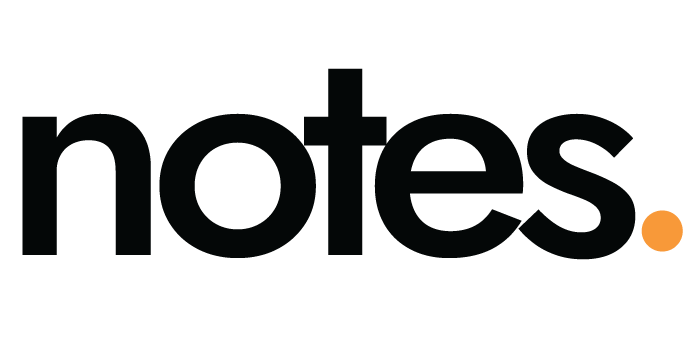Notebook Overview
The KCSE Computer Studies curriculum covers a broad spectrum of topics related to computer science and information technology, aiming to provide students with a foundational understanding of key concepts in the field. The subject is designed to equip students with practical skills and theoretical knowledge that are relevant in the contemporary digital age.
Key areas covered in the KCSE Computer Studies curriculum include:
- Computer Hardware: Understanding the components of a computer system, their functions, and how they work together.
- Software: Knowledge of various types of software, including operating systems, application software, and utility programs.
- Programming: Introduction to programming concepts and languages, with an emphasis on problem-solving and algorithmic thinking.
- Data and Information Management: Understanding data types, storage, retrieval, and processing of data, as well as the distinction between data and information.
- Computer Networks: Basics of computer networking, including the Internet, network protocols, and communication.
- Cybersecurity: Awareness of basic cybersecurity principles and the importance of securing computer systems and data.
- Information Systems: Understanding the role of information systems in organizations and how they support decision-making processes.
The inclusion of Computer Studies in the KCSE examination reflects the recognition of the growing importance of technology in various aspects of modern life. Students who study Computer Studies in the KCSE curriculum are expected to develop skills that are valuable for both further education and potential careers in fields related to information technology and computer science. The subject aims to prepare students for a tech-savvy future by fostering critical thinking, problem-solving, and practical application of computer knowledge.
Curriculum
- 17 Sections
- 98 Lessons
- 10 Weeks
- Module 1: Introduction to computers3
- Module 2: Computer Systems9
- 2.1Description of a computer system
- 2.2Input Devices(keying, pointing, scanning and other devices)
- 2.3Central Processing Unit (CPU)
- 2.4Output Devices(Softcopy and Hardcopy Devices)
- 2.5Secondary/auxillary storage devices and media
- 2.6Power and Interface Cables
- 2.7Basic computer set-up and cabling
- 2.8Classification of Software(System and Application Software)
- 2.9Criteria for selecting a computer system (specifications).
- Module 3: Operating Systems7
- 3.1Definition of an Operating System and functions of an operating system
- 3.2Types of Operating Systems
- 3.3Organization of information using an Operating system
- 3.4File management using an Operating system
- 3.5Disk management using an Operating system
- 3.6Devices Under Operating system control
- 3.7Installation and Configuration of an Operating System
- Module 4: Word Processors1
- Module 5: Spreadsheets11
- Module 6: Databases8
- Module 7: Desktop Publishing13
- Module 10: Data Representation in a computer4
- Module 8: Internet8
- Module 9: Data Security and Controls4
- Module 12: Elementary Programming principles7
- Module 11: Data Processing9
- 12.0Definition of the terms: data, information and data processing
- 12.1Data processing cycle
- 12.2Description of errors in data processing
- 12.3Data Integrity
- 12.4Data processing methods
- 12.5Computer files
- 12.6Types of computer processing file
- 12.7File organization methods
- 12.8Electronic Data processing modes
- Module 13: System Development4
- Module 14: Introduction to networking and data communication5
- Module 15: Application Areas of Information and communication Technology(ICT)2
- Module 16: Careers Opportunities in ICT2
- Module 17: Projects1






